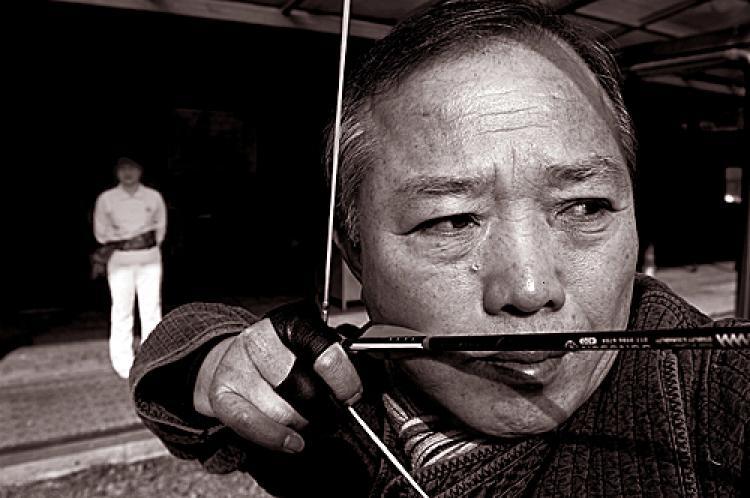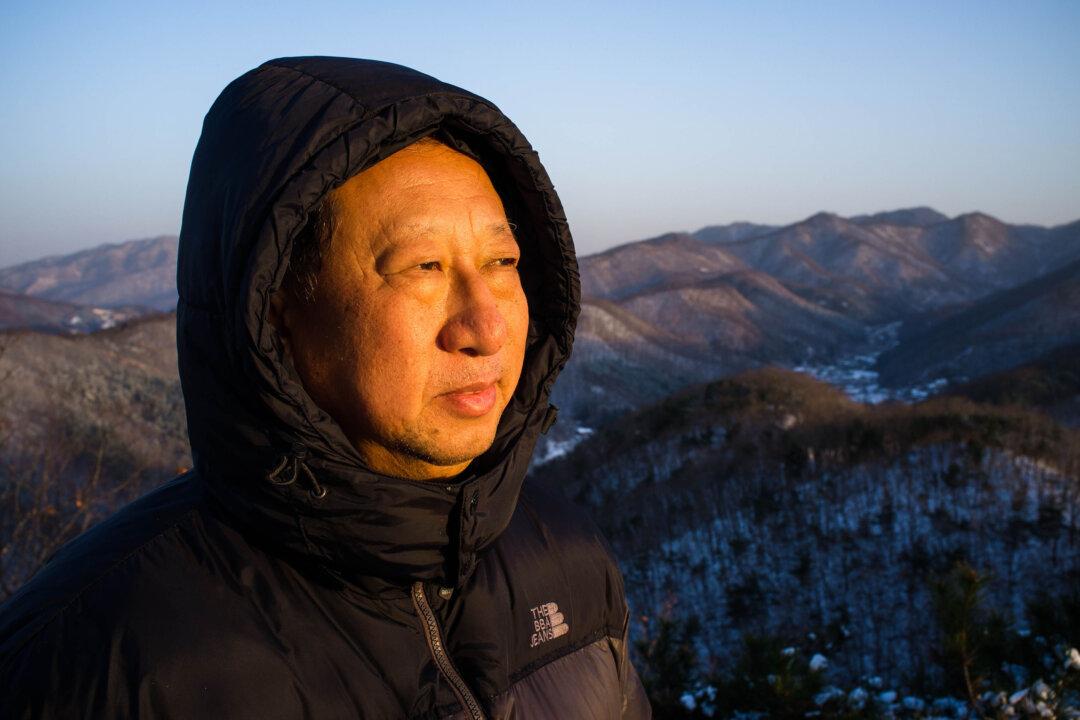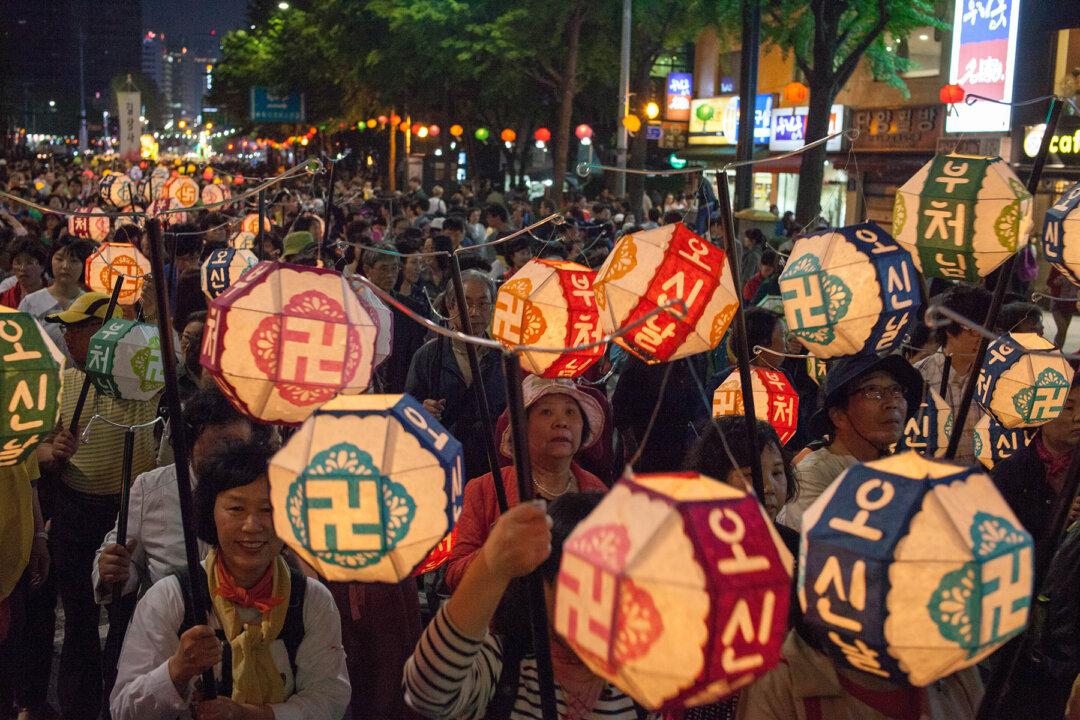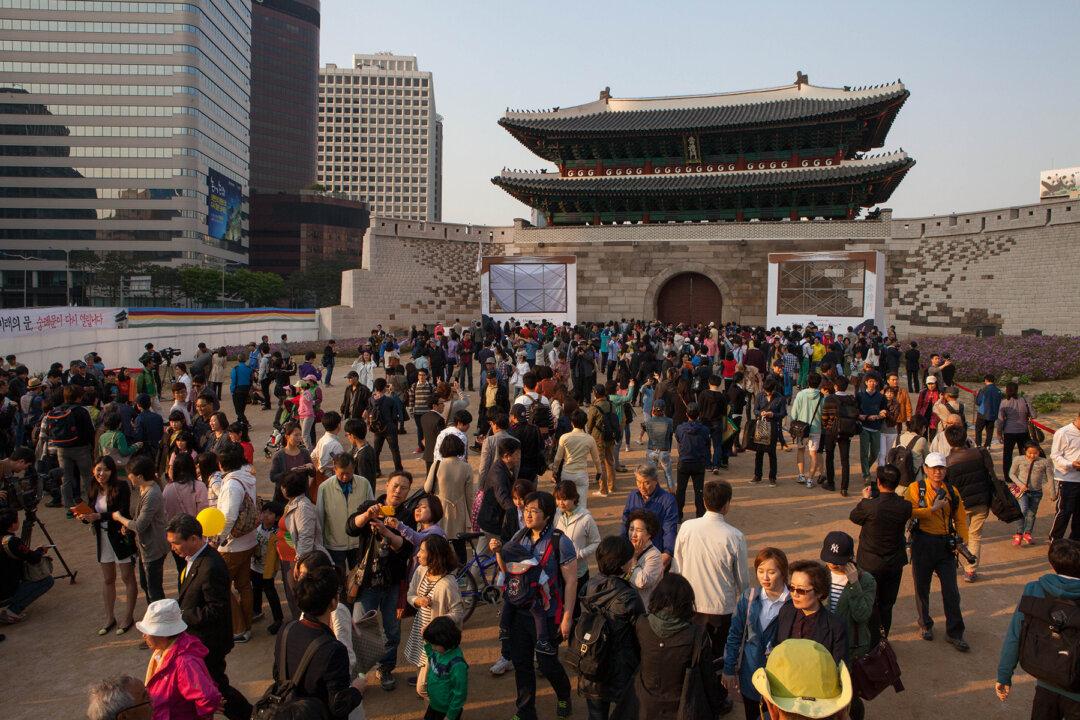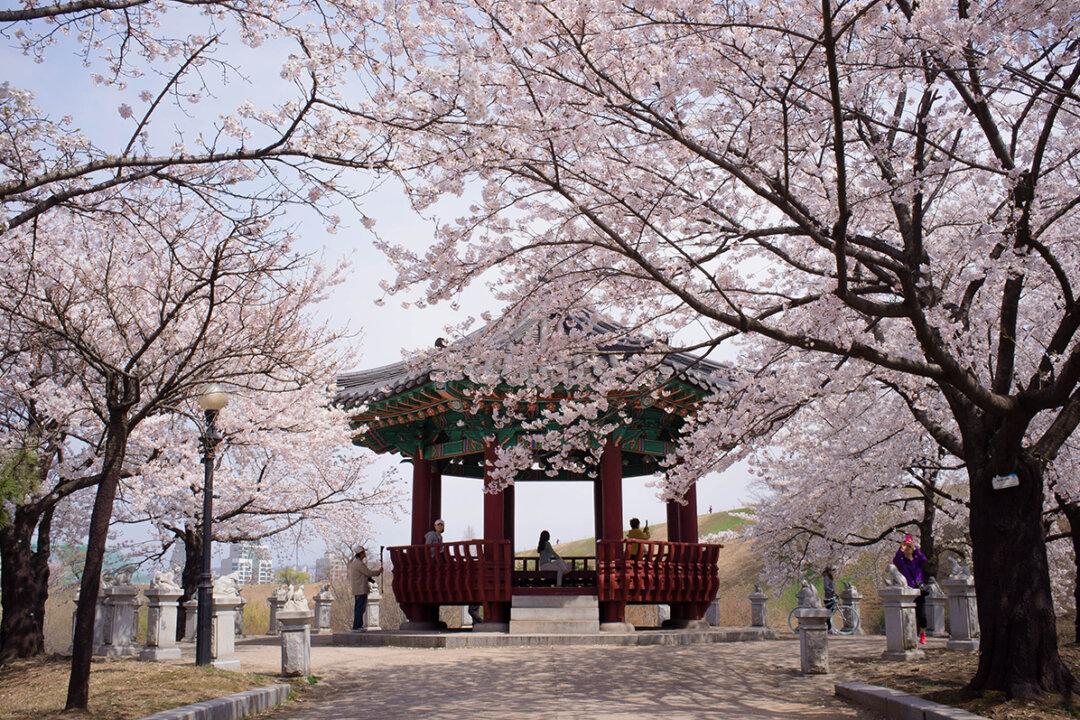Archery has been practiced on the Korean peninsula for thousands of years. Until the 16th century, archers were one of the Korean military’s deadliest weapons and were renowned throughout Asia. On many occasions in the last two millennia, it was Korean archers showering the enemy with deadly arrows that drove foreign invaders back.
Cho Donghyung is a military officer and the secretary of the Gyeryong Archery Club. He first tried archery when he was just nine years old. There was a historic archery range near his house which was over 200 years old. As a child he would watch the archers firing their arrows and dream of being able to do the same. So, in the forest near his house, he made his own bow out of a stick of bamboo and rubber bands.
“The feeling of shooting with that bow and arrow was so fantastic, especially when it travelled a long way or hit the mark. It gave me an indescribable feeling. But it wasn’t a fast game, it was calm,” he said.
He would pretend to be a soldier in ancient times. When he hit his target he could imagine he had successfully wounded the enemy and helped to protect the kingdom.

